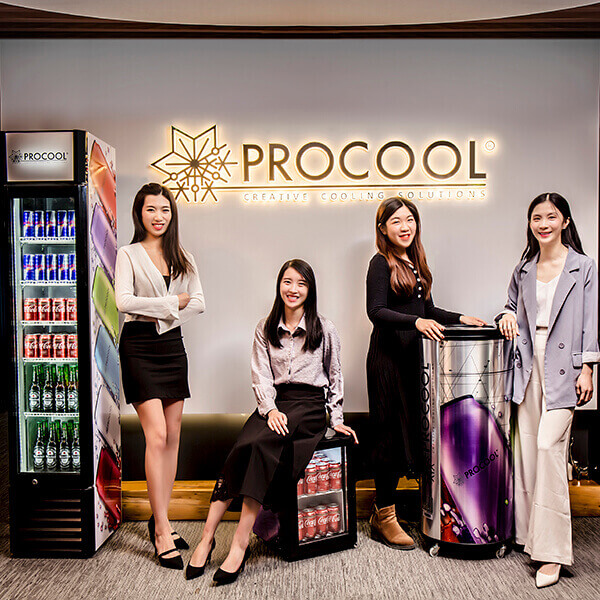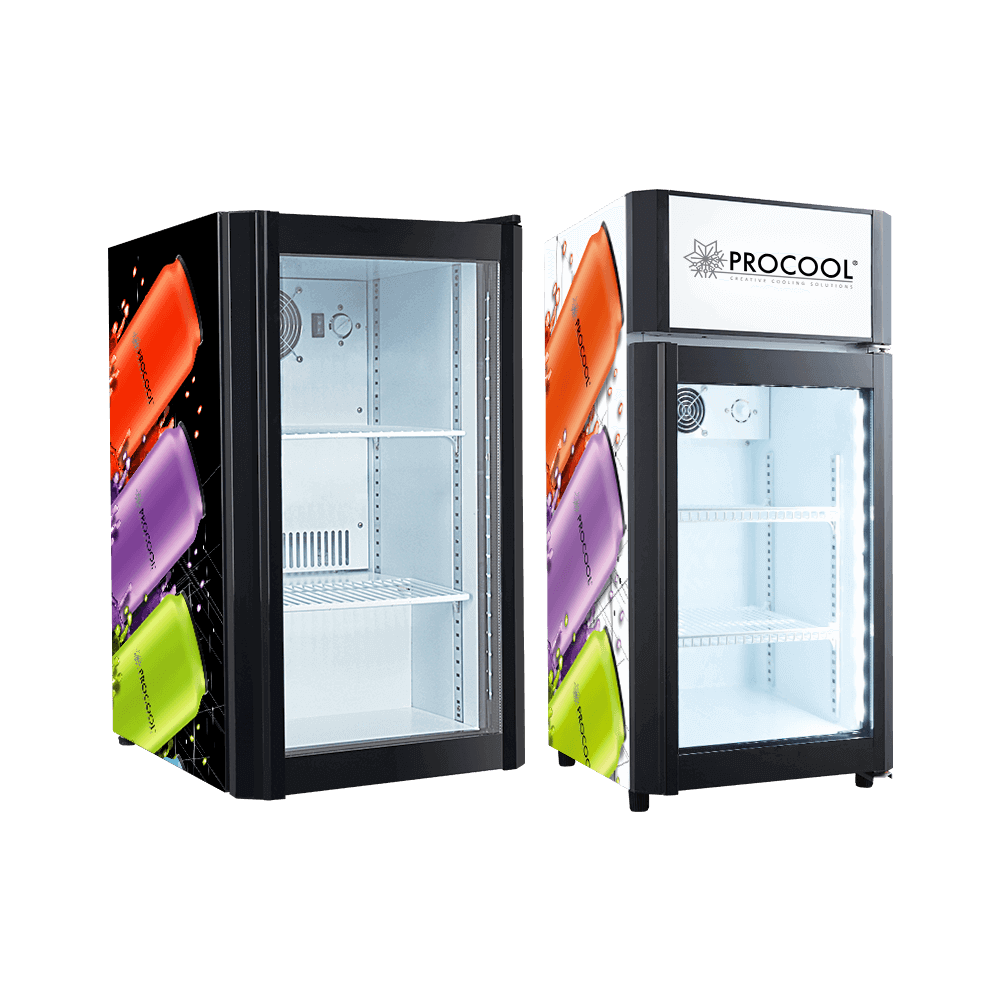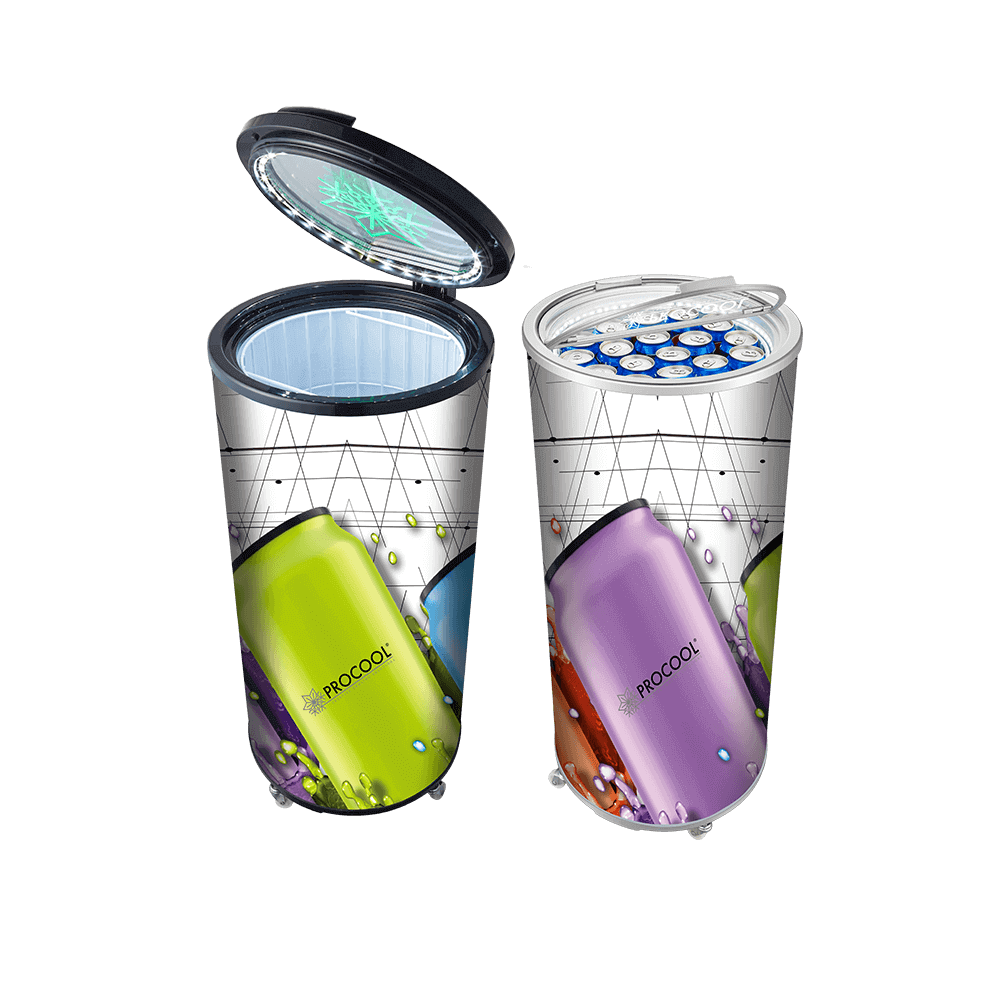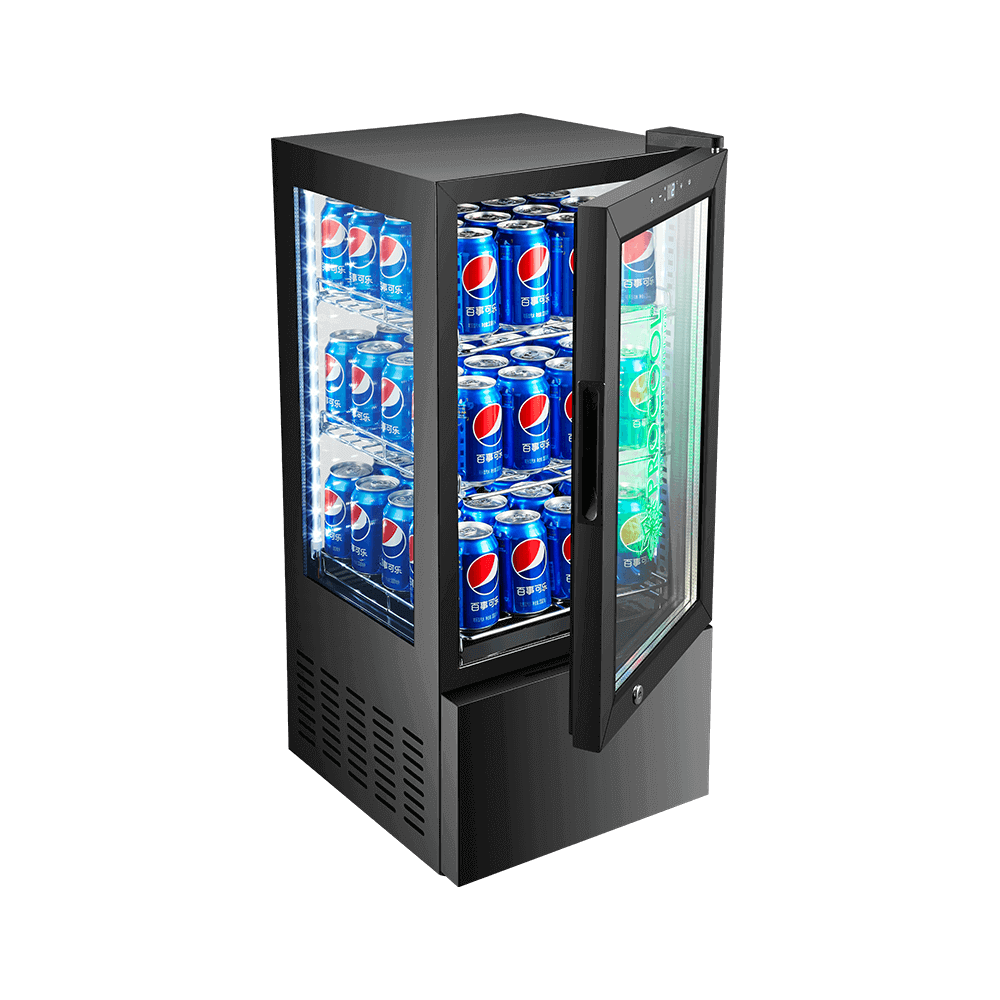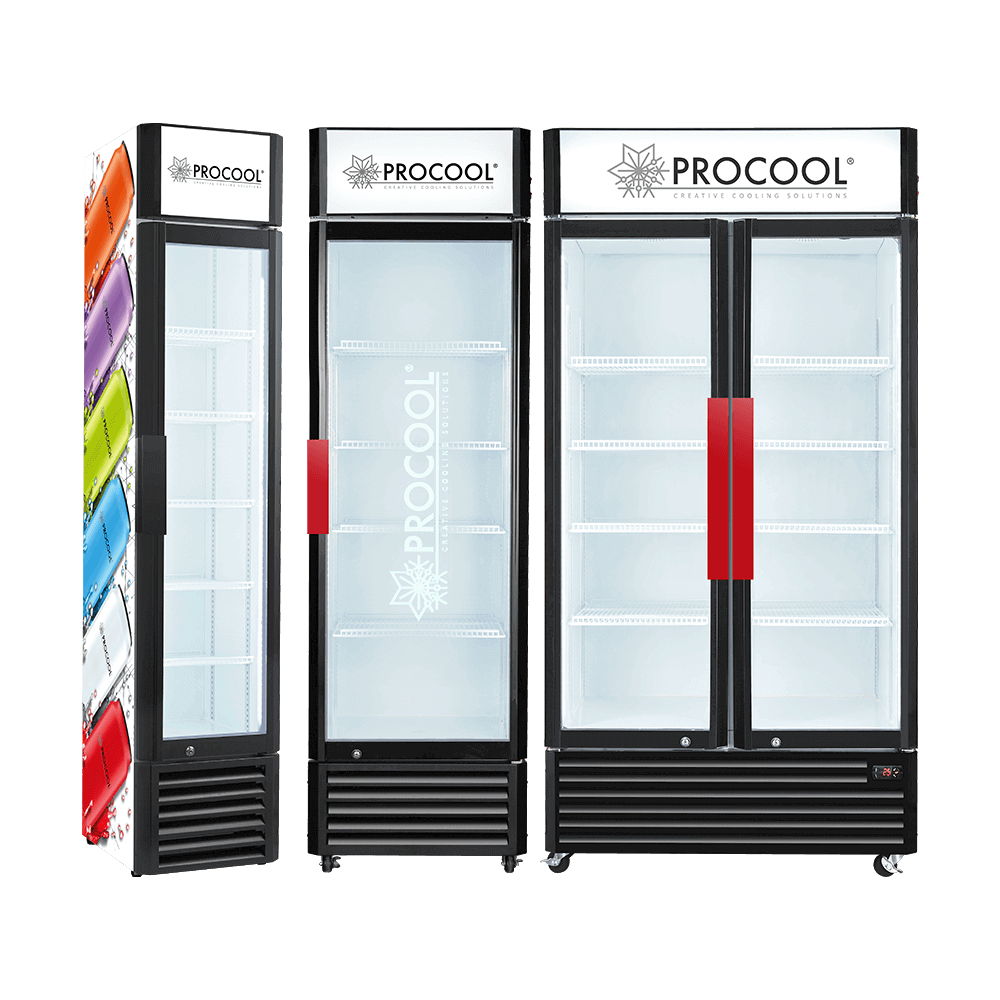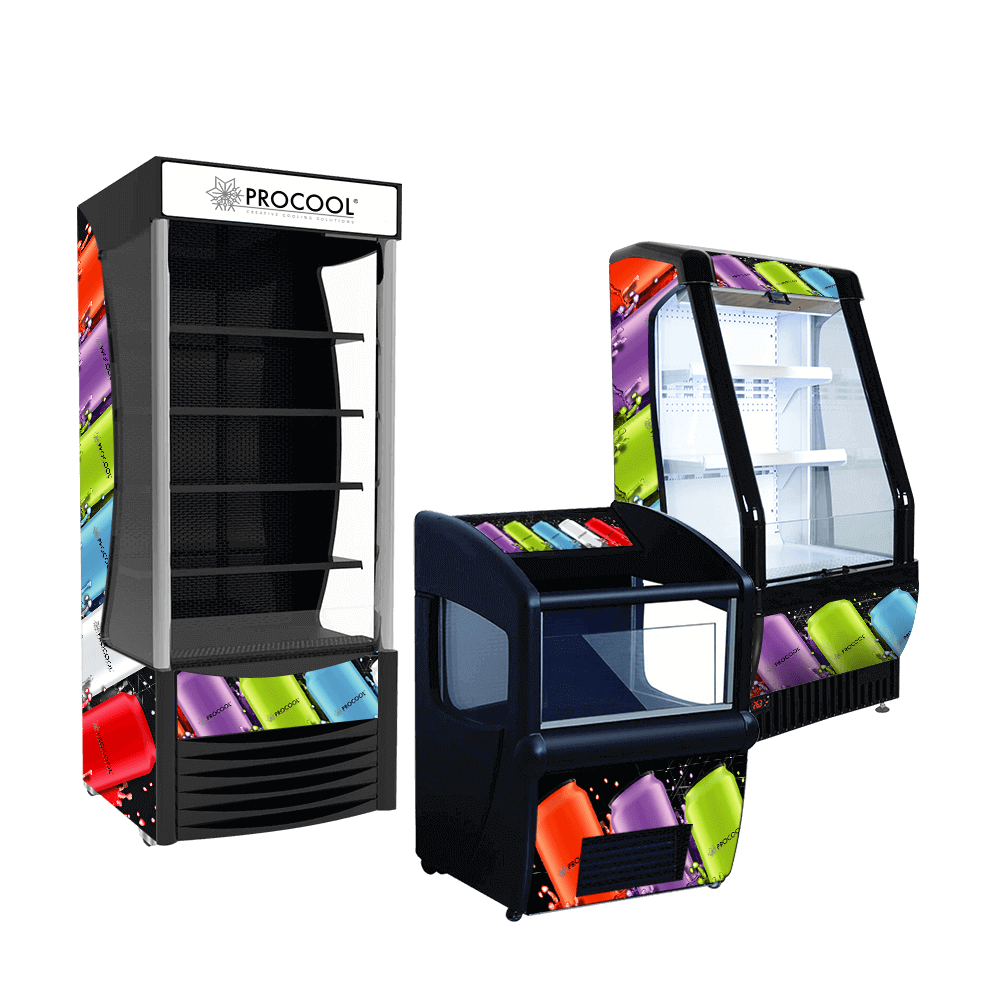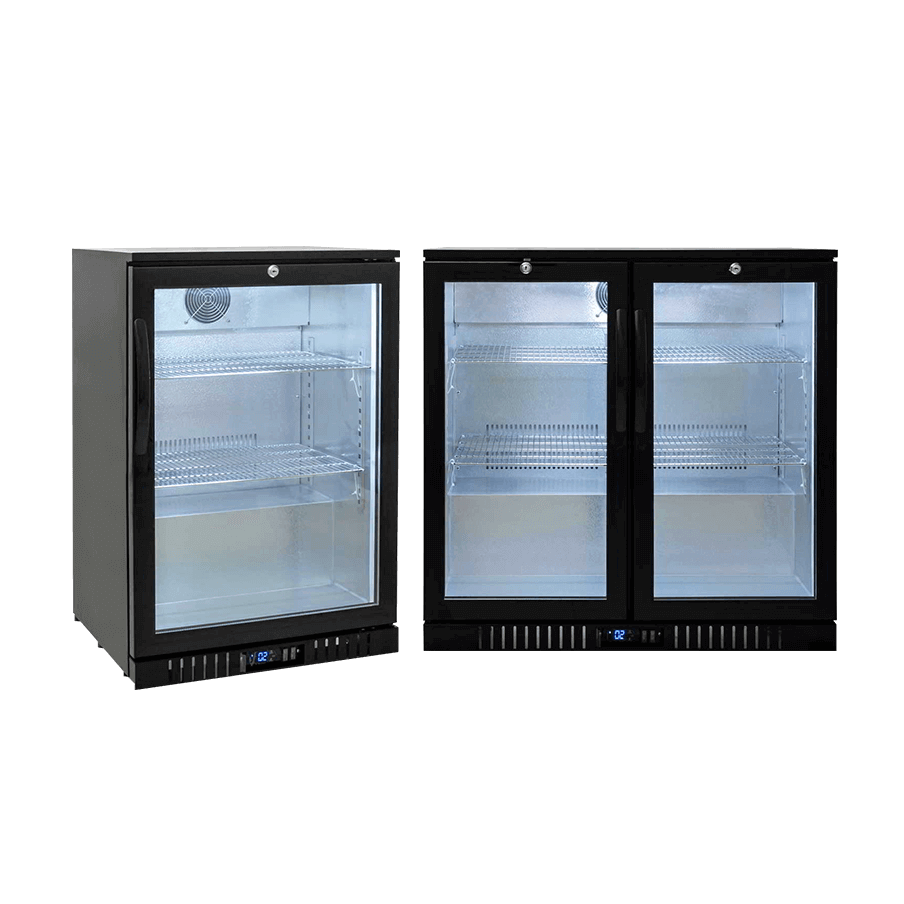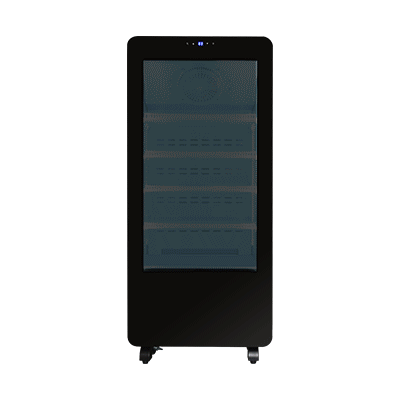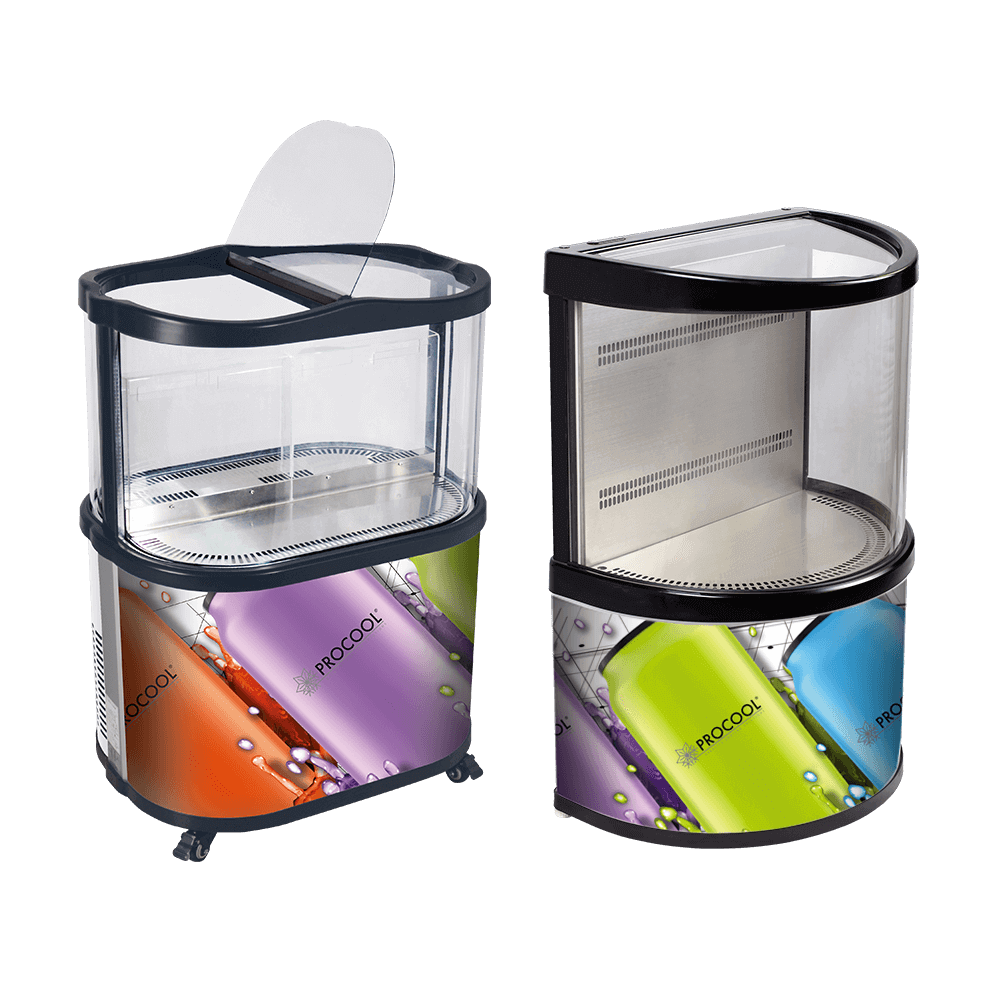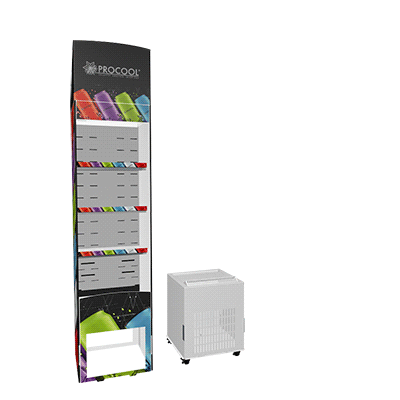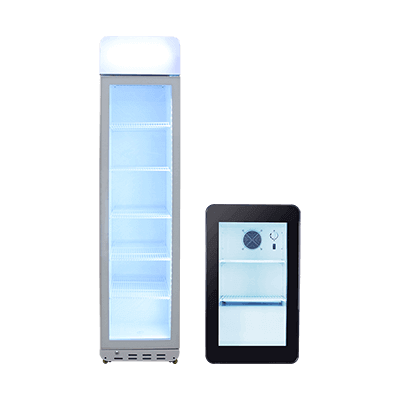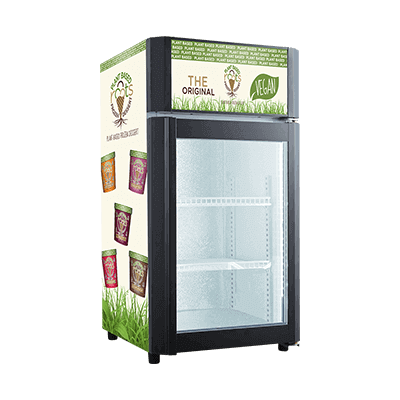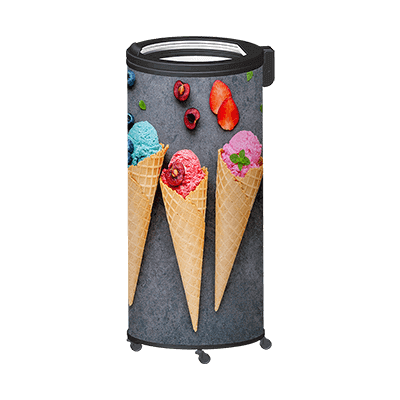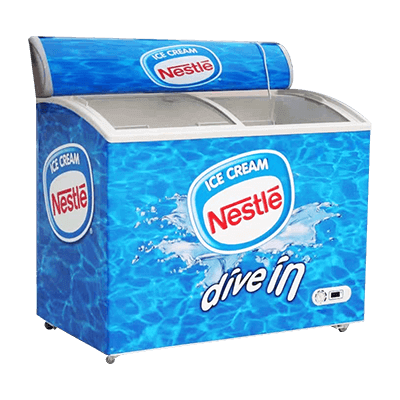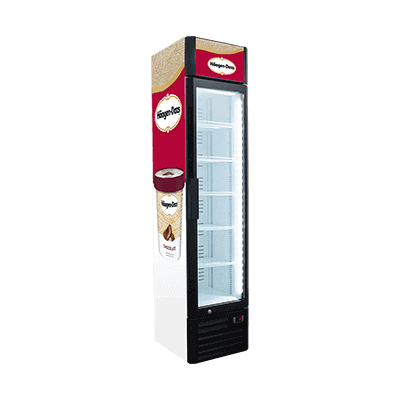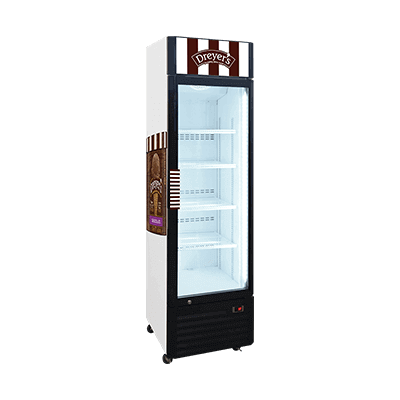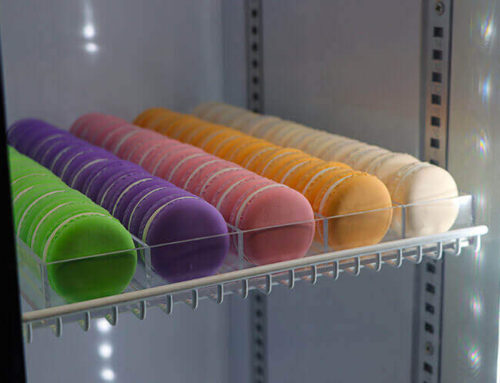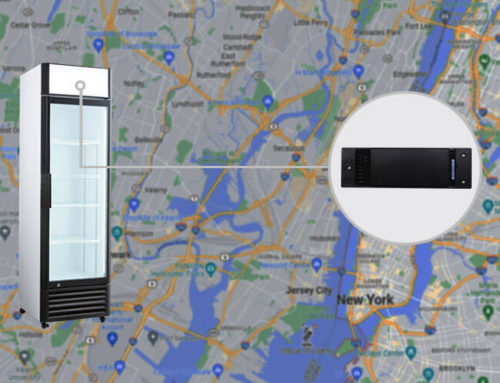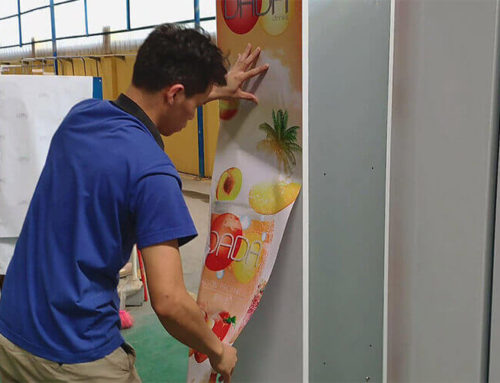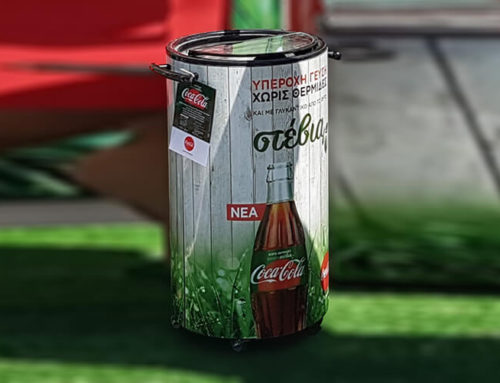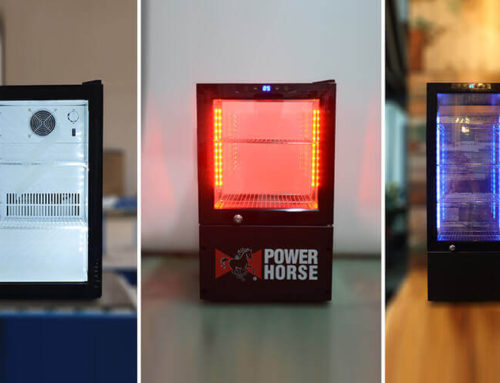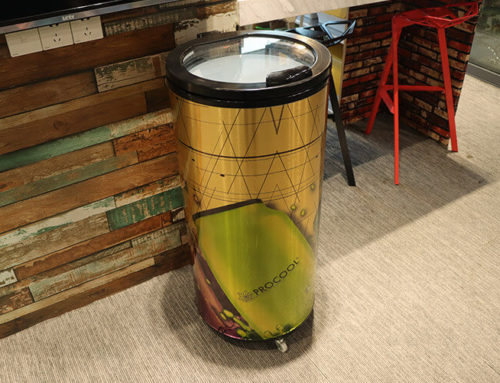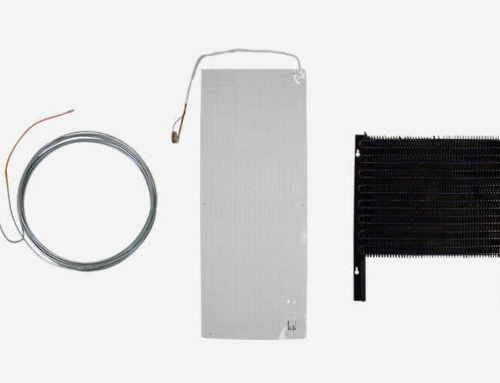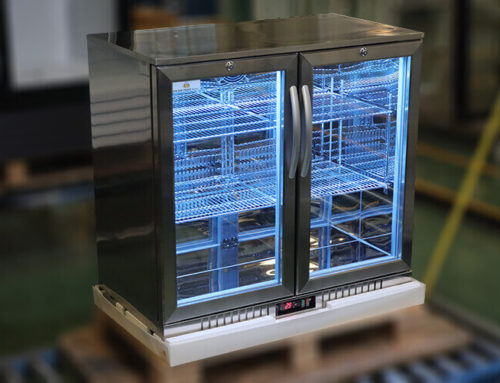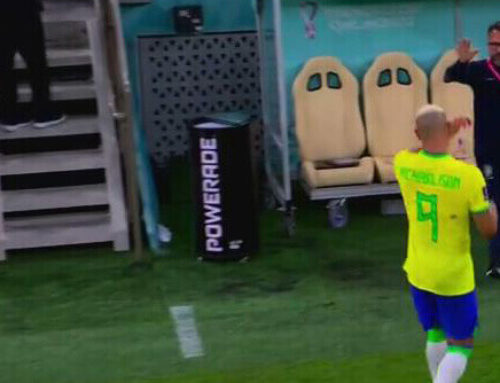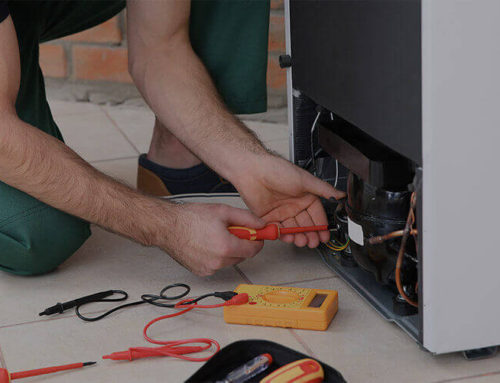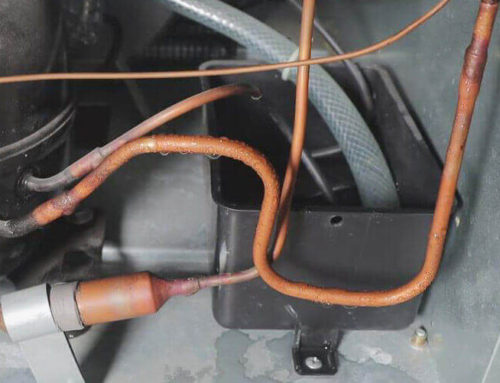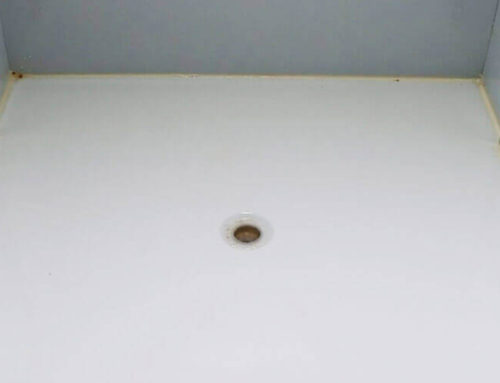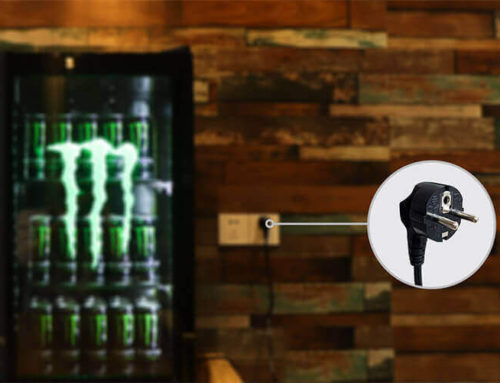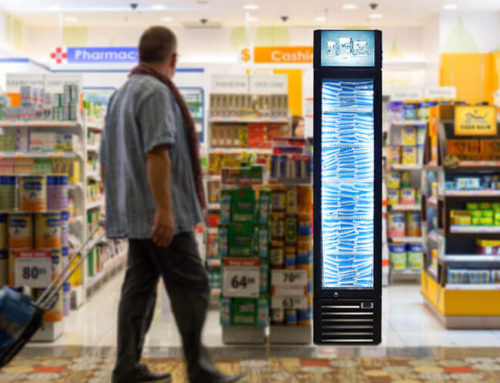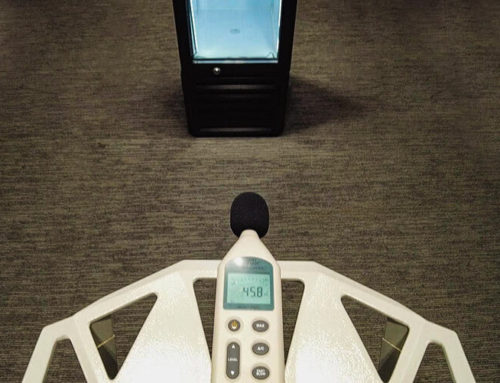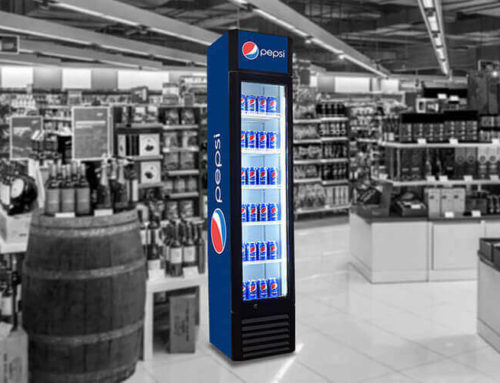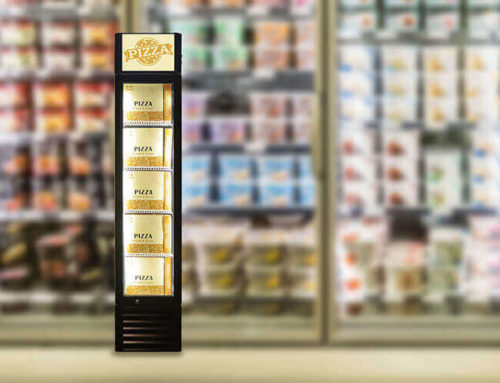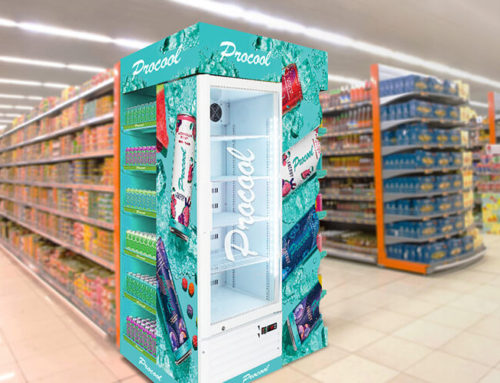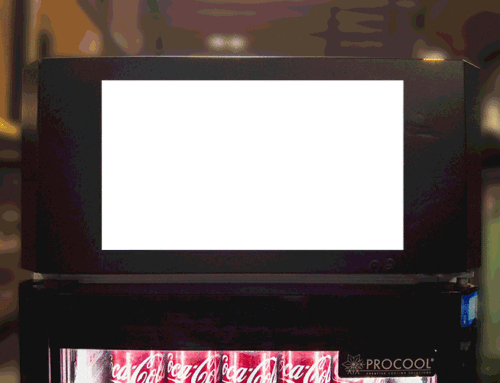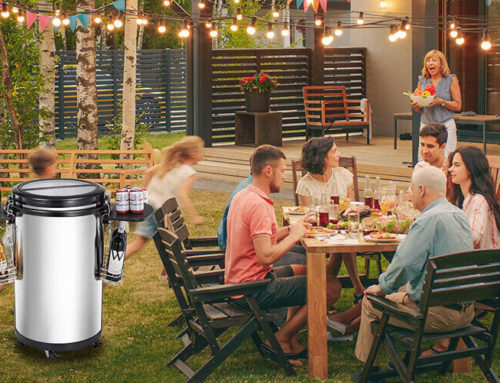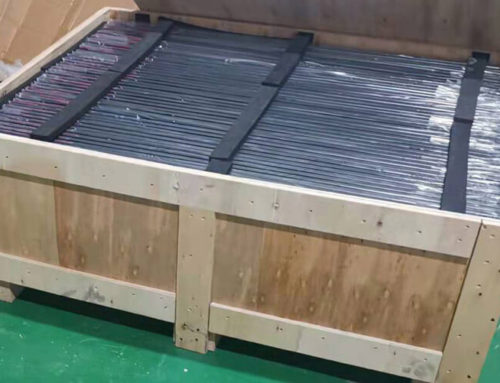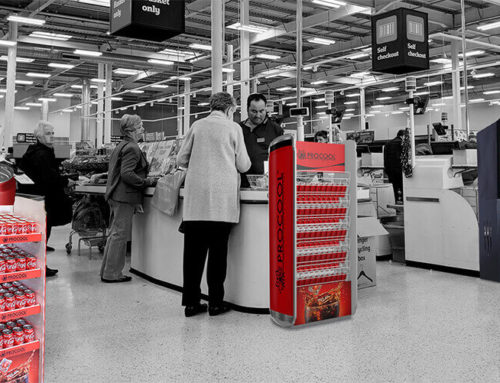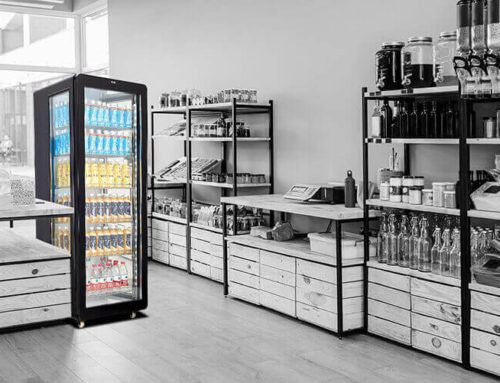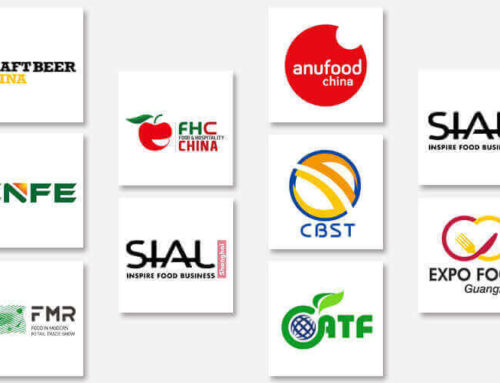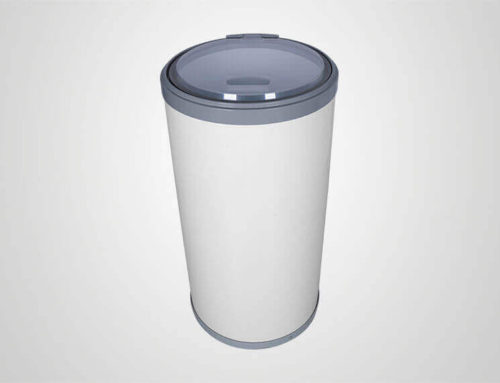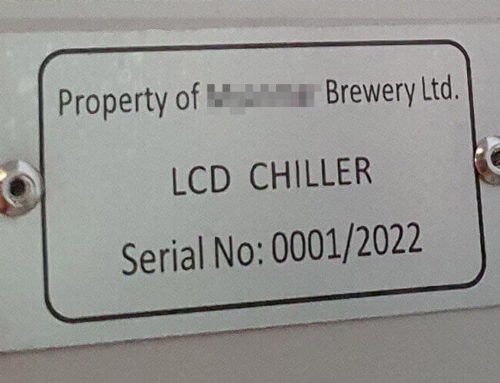Frost Free, Auto and Manual Defrost

No Frost Fridges 2 ~ 8 °C (35 ~ 46 °F)
The concept of frost refers to the freezers ≤ -18 °C (≤ -0.4 °F), not fridges 2 ~ 8 °C (35 ~ 46 °F). Generally speaking, whether it is a direct cooling or a dynamic cooling system, the 2 ~ 8 °C commercial refrigerators we produce will not form frost. However, due to some special use environments, such as humidity greater than 60% or when the door is opened and closed very frequently, a layer of frost may form on the inner wall of the refrigerator in a direct cooling refrigerator. This is a normal situation. As long as the beverage does not freeze, it’s not a big issue. Just increase the set temperature and manually defrost it. For dynamic cooling coolers, there will be 100% no frost on the inner wall, because its evaporator is not on the inner wall, but behind the ventilating fan. In order to avoid the frost problem perfectly, we already equip our fridges with defrost timer (for mechanical thermostat) or digital controller (digital controller comes with defrost function itself). The defrost cycle is 20 minutes every 6 hours.
Manual Defrost Freezers ≤ -18 °C (≤ -0.4 °F)
Refer to those freezers with the direct cooling system. Means, there will be ice built up on the inside freezer walls and you have to remove it periodically. The frequency of defrosting depends on the operating environment of the refrigerator and the condition of frosting.
No Frost Freezers ≤ -18 °C (≤ -0.4 °F)
Also called Frost Free or Automatic Defrost Freezers. This term refers to the freezers with the dynamic cooling system. This means, no inside ice will build upon the walls and customers don’t need to do anything about the defrost. Because the frost will be on the evaporator hidden behind the fan motor. And there are heating elements or hot gas to defrost the ice on it automatically. The defrosting process is controlled and completed by an electronic thermostat. Defrost cycle is 20 minutes every 6 hours.
Auto Defrost for Freezer Evaporator
Defrost is a very important issue for freezers. Once defrosting goes wrong, not only will you lose your fridge, but it will jeopardize your business.
See how our hot gas auto-defrost function gets rid of the ice built up in the evaporator coil clearly in 5 minutes.
Summary of the Defrost Details of Our Commercial Coolers and Freezers
| Product | Cooling Temperature | Cooling System | Frost (Evaporator) Position | Defrost Type |
|---|---|---|---|---|
| Coolers | 2 ~ 8 °C (35 ~ 46 °F) | Direct / Fan-assisted cooling | Inside wall | No Frost |
| Coolers | 2 ~ 8 °C (35 ~ 46 °F) | Dynamic cooling | Behind fan cover | No Frost |
| Freezers | ≤ -18 °C (≤ -0.4 °F) | Direct | Inside wall | Manual Defrost |
| Freezers | ≤ -18 °C (≤ -0.4 °F) | Dynamic cooling | Behind fan cover | No Frost / Frost Free / Automatic Defrost |
FAQs
Grow Your Business with Us Now
